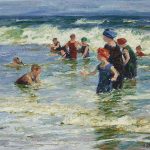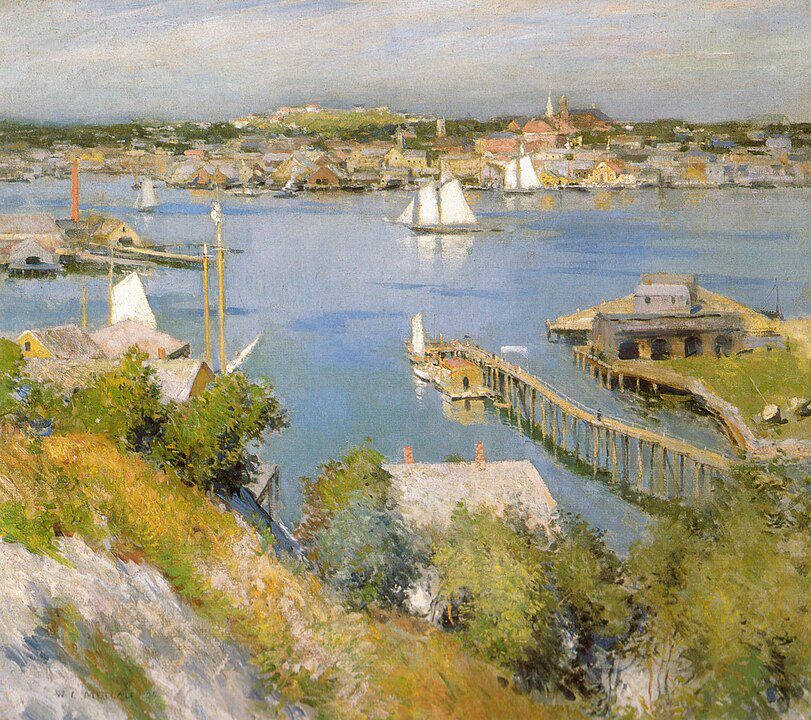
Willard Leroy Metcalf (1858–1925) was an American Impressionist painter known for his landscapes, particularly scenes of rural life and the New England countryside. He was born on July 1, 1858, in Lowell, Massachusetts, and showed an early interest in art. Metcalf began his formal art education at the School of the Museum of Fine Arts in Boston and later continued his studies in Paris at the Académie Julian.
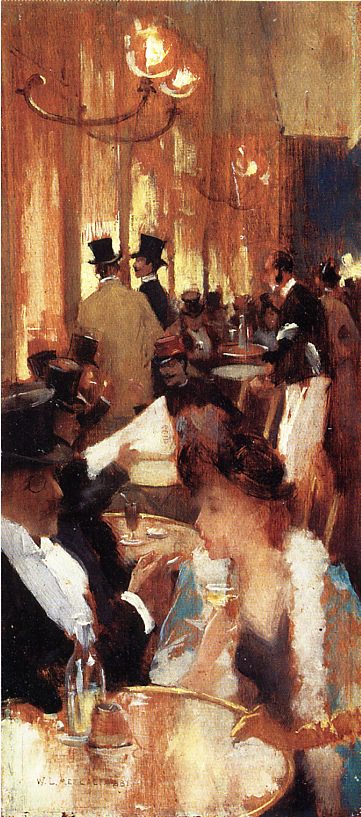
Metcalf’s early work was influenced by the Barbizon School, which emphasized the observation of nature and the effects of light. However, after exposure to the Impressionist movement during his time in France, he began to incorporate the techniques of Impressionism into his own art. This shift is evident in his use of loose brushwork, emphasis on light and color, and a more atmospheric approach to depicting landscapes.
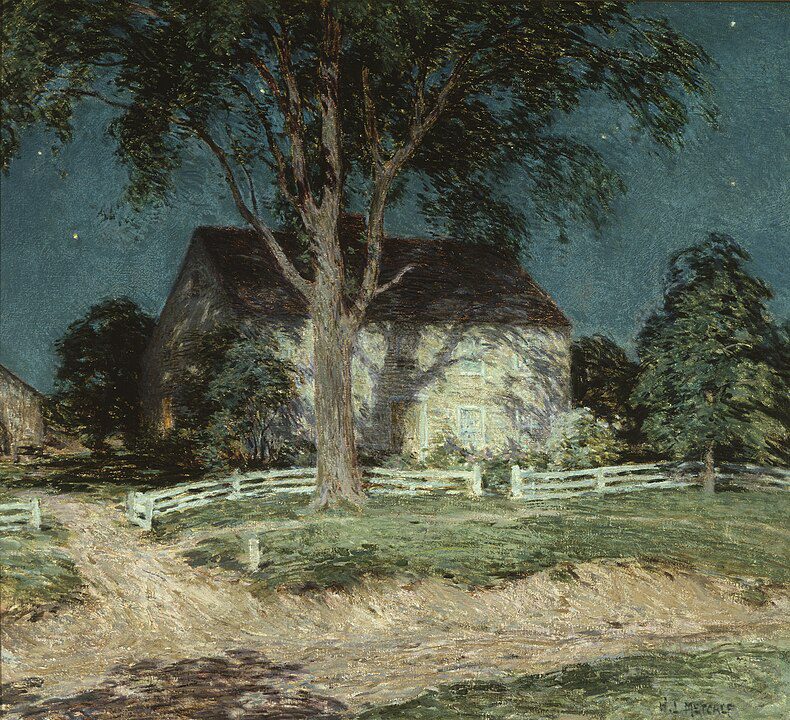
Returning to the United States, Metcalf became associated with the group of American Impressionist painters known as “The Ten,” which included notable artists like Childe Hassam and John Twachtman. The group aimed to promote and exhibit Impressionist art in the United States. Metcalf’s works often featured scenes of rural life, gardens, and landscapes, and he became known for his ability to capture the changing seasons and moods of nature.
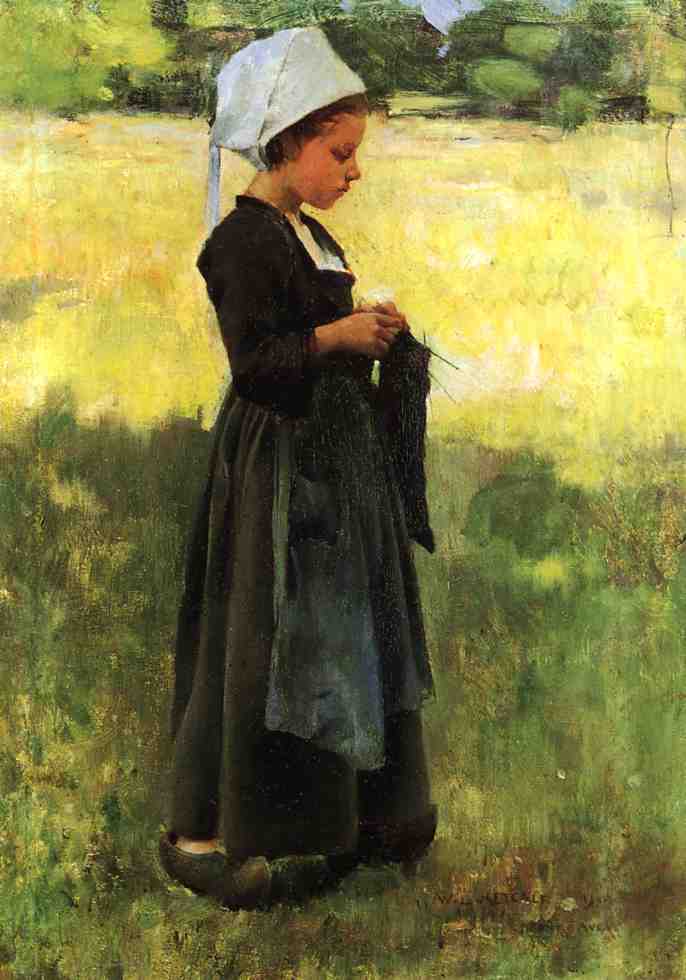
Some of Metcalf’s notable paintings include “The Ten Cent Breakfast” and “May Night.” His style evolved over time, incorporating elements of both Impressionism and traditional realism. Metcalf’s work was well-received, and he received numerous awards and honors during his career.




